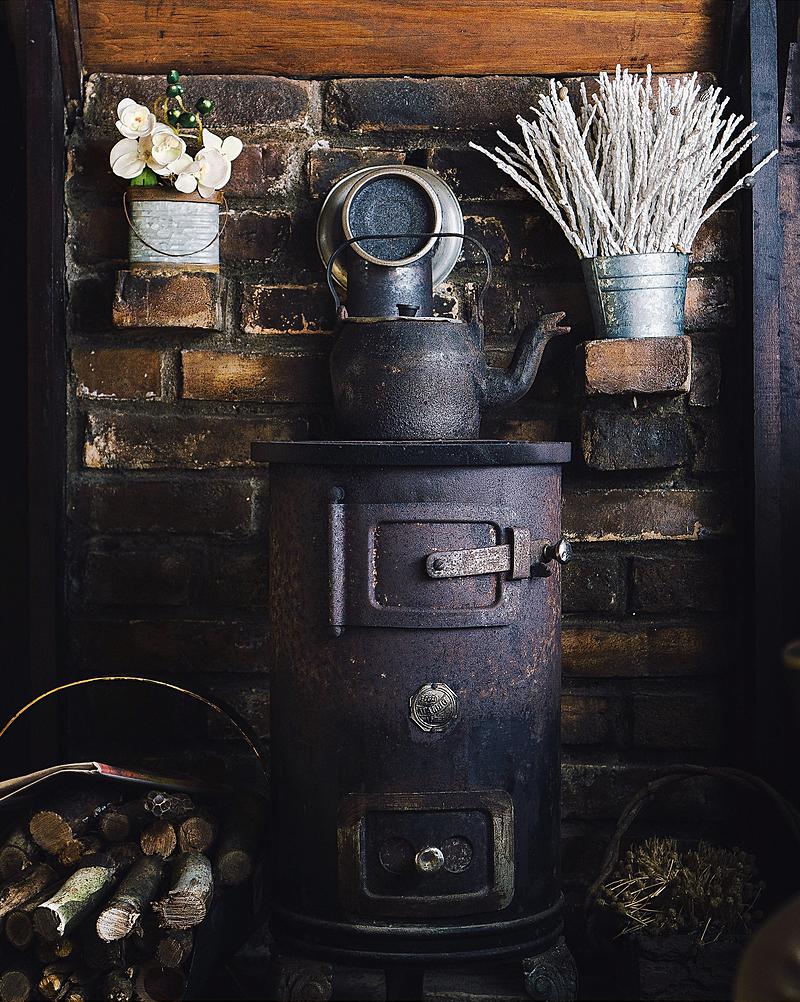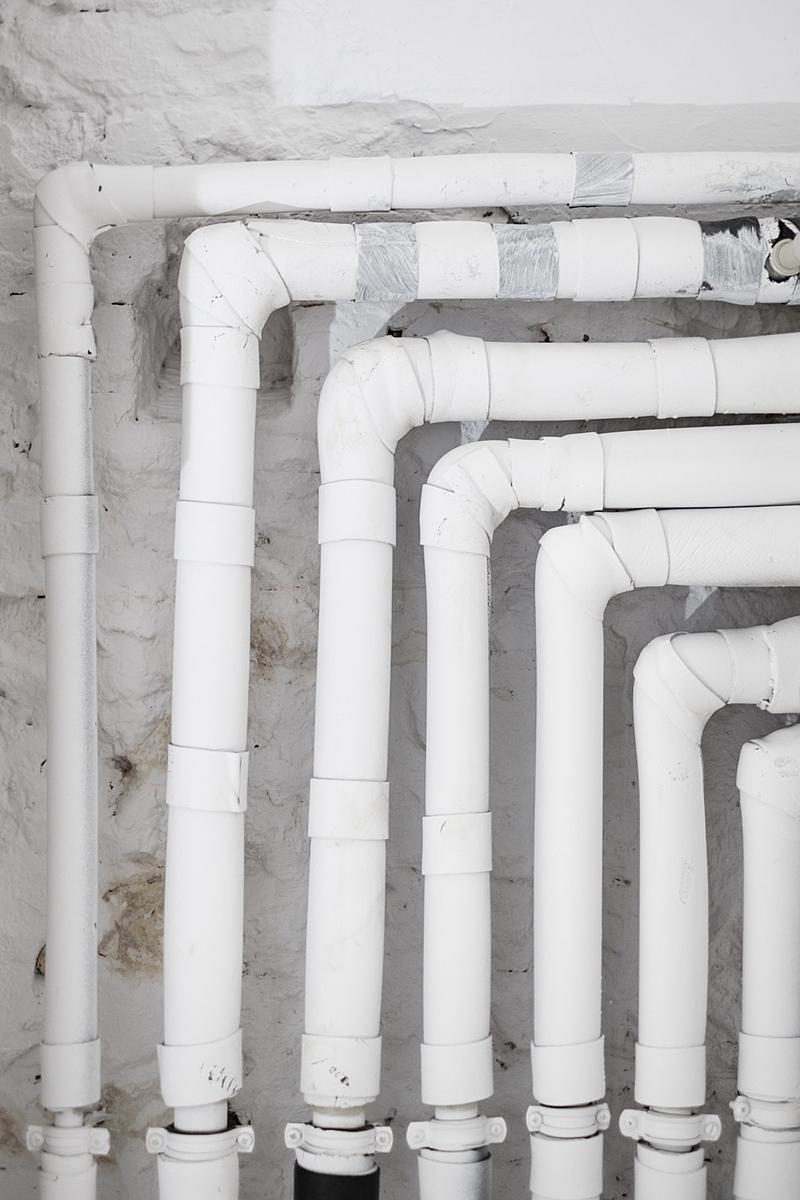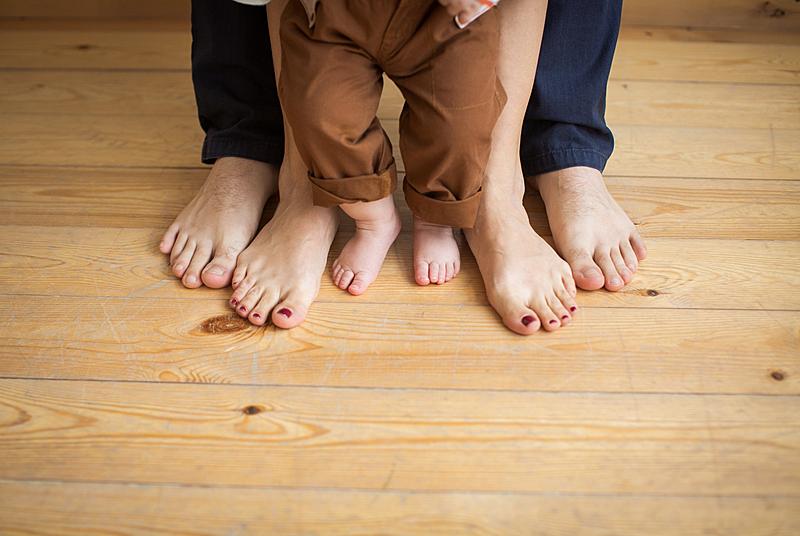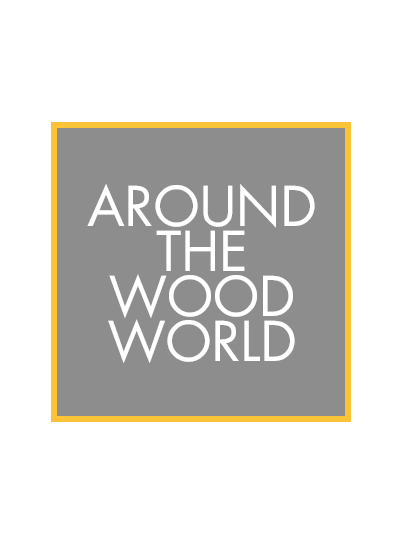


04.04.2019

For new constructions or renovations to our home or work spaces, underfloor heating systems have, over the past few years, become a standard option in the living spaces where we spend most of our days.
The growing popularity of this technology is due to three main factors:
Underfloor heating is "invisible".Let's face it: no matter how stylish, colourful, eye-catching or endearingly old-fashioned radiators may be, they are almost invariably cumbersome, dust collection-points. "Foreign objects" that need to be hidden and reduced in size as much as possible, in order to avoid compromising the harmony of our living spaces.
On the other hand, underfloor heating is conveniently hidden, freeing up otherwise occupied areas and returning them to the creativity of designers or the occupants themselves.
Heat is transferred from the floor surface permeating the atmosphere in the rooms and functions a bit like the human body. For this reason, we tend to feel better in the environments where underfloor heating is in use. Besides the lower operating temperatures, there aren’t any differences in temperature from one room to another. And thanks to the underfloor heating systems, mould and dust have fewer places to hide.
Is underfloor heating a universal solution?
Another reason why some people choose underfloor heating is simply to follow the current trend.
As we’ve already pointed out on some of the other topics that we’ve touched on (i.e. on the subject of maxi-planks), following trends unthinkingly sometimes causes us to make wrong choices, in relation to what is best suited to a given situation.
Every project and set of interiors have its own specific requisites, as to what might be the optimal choices. And this might come at the cost of forgoing an attractive technological solution that might be ineffective or inappropriate for various reasons.
Despite its undoubted advantages, deciding whether or not to opt for underfloor heating should be carefully considered from all angles from the outset. It shouldn’t be taken for granted that it will be the right choice in all situations!
Technically speaking: the tepid water running through the pipes in the underfloor heating systems takes a while to warm up the concrete screeds. These have very slow thermal inertia (both in terms of heat accumulation and dispersion – when the system is switched off).
So, if we’re thinking of using underfloor heating in our mountain chalet, we should know that it needs to be switched on some time before we arrive in order to be up and running. And we might have to ask our neighbours to switch it on for us. Or we could opt for a more expensive, remotely-controlled automated system to be able to activate the system from afar. One should consider the relative costs to see what’s preferable from the cost/utility perspective.
If we’re looking at a mountain shack, one might still prefer to opt for the old-type radiators to save money.
In conclusion, underfloor heating finds its best application in frequently-used living areas, offering optimal efficiency that is associated with this type of technology.

How do underfloor heating systems affect wooden floorings?
As is oft repeated, wood is a "living" thing – even if it doesn't appear that way. And each wood type is different from the other.
Woods are classified in different ways: "serene" and "restless" woods, "elastic" and "rigid" woods, light and dark woods, woods containing higher and lower levels of humidity, etc. Whether simply locked into position or glued to the screed, wood parquets absorb the heat generated by the underfloor heating systems.
Though the temperatures are relatively low, the constant heat generated by the underfloor coils radiating through the screed gradually tend to dry out the parquet, dissipating its natural humidity, which can only be partially recovered from the ambient air when the heating system is switched off.
However, it doesn’t mean that parquets are incompatible with underfloor heating systems; only that one has to stay vigilant.
Solid Wood or Multi-ply?
As already mentioned, the more volatile wood types such as larch, fir/pine, as well as beech can manifest high shrinkage levels. These woods are less able to cope with the thermal stresses generated by an underfloor heating system, especially when it comes to solid-wood parquets.
Regardless of the type of wood, deciding on a solid-wood parquet is therefore riskier than a quality multi-ply wooden flooring, whose structure is more suited to coping with the stresses caused by fluctuations in the floor temperature.
Light or Dark Wood?
Lighter-coloured essences such as maple, tend to show up cracks as a result of possible shrinkage. For this reason, it is usually better to opt for darker woods or essences that become darker after having been subjected to special surface treatments.
The basic decision as to whether or not to use underfloor heating is ours. It depends on how we imagine our interiors, how we plan to inhabit them, as well as the time we’re prepared to invest in the maintenance and care of our new wooden flooring.
Whether solid wood or multi-ply, Parkemo quality parquets are designed to accompany you over the years, becoming ever more graceful and fascinating with the passing of time.



Via Marmolaia, 4 I - 38033 Cavalese (TN)
Tel: +39.0462.235603 Fax: +39.0462.342118
Email: info@parkemo.it
 | Privacy policy | Extended privacy policy | Reserved area
| Privacy policy | Extended privacy policy | Reserved area